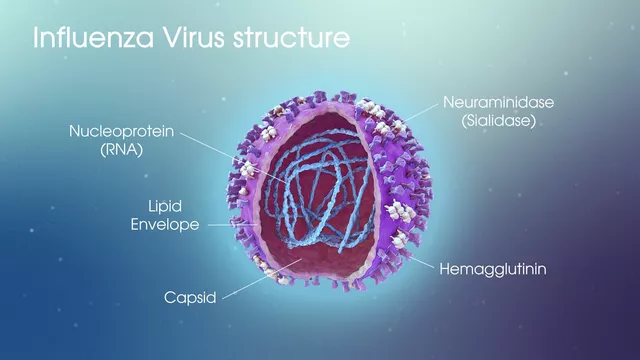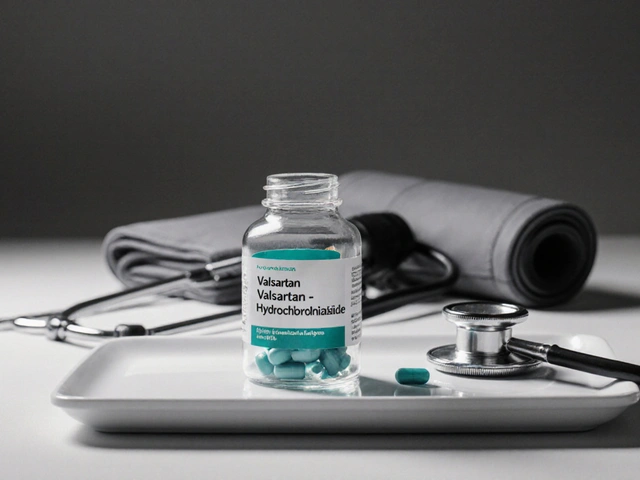Tretinoin: What It Is, How It Works, and What You Need to Know
When you hear tretinoin, a prescription-strength topical retinoid derived from vitamin A, commonly used to treat acne and signs of sun damage. Also known as all-trans retinoic acid, it’s one of the most studied skin treatments in dermatology. Unlike over-the-counter retinols, tretinoin works faster and stronger because your skin doesn’t need to convert it first—it’s already in its active form.
Tretinoin doesn’t just clear breakouts. It speeds up skin cell turnover, which means old, dull cells shed faster and new ones rise to the surface. That’s why it’s also used for fine lines, uneven tone, and rough texture. It’s not a quick fix. Most people see real changes after 8 to 12 weeks, and it can take six months to get full results. You’ll likely experience dryness, peeling, or redness at first—that’s normal. It’s your skin adjusting, not breaking down. Many users stop too soon because they think it’s not working, when really, they’re just in the adjustment phase.
Tretinoin is often paired with gentle cleansers and moisturizers because harsh products make irritation worse. Sunscreen isn’t optional—it’s mandatory. Tretinoin makes your skin more sensitive to UV rays, and skipping sunscreen can undo all the progress. It’s also not something you use once and forget. Maintenance is key. Once you get results, you keep using it to hold onto them. Doctors often prescribe lower strengths for beginners, then slowly increase based on tolerance. If you’re using it for acne, it might be combined with benzoyl peroxide or antibiotics. For anti-aging, it’s often the backbone of a routine that includes antioxidants and hydrators.
It’s not for everyone. Pregnant women shouldn’t use it. People with eczema or very sensitive skin need to proceed with caution. But for millions with stubborn acne or early signs of aging, it’s been life-changing. The posts below cover real experiences, how to minimize side effects, what to expect in the first weeks, and how to use it safely with other products. You’ll find practical tips from people who’ve been through it—not just theory, but what actually works on real skin.
Retin A 0.025% (Tretinoin) vs Alternatives: A Practical Comparison
A clear, side‑by‑side look at Retin A 0.025% (tretinoin) versus OTC and prescription alternatives, with safety tips, pros, cons, and a handy FAQ.
About
Medications
Latest Posts


Understanding Long-Term Health Impacts of Premenstrual Dysphoric Disorder
By Orion Kingsworth Jun 18, 2024

The science behind reemerging influenza: understanding virus mutations
By Orion Kingsworth May 15, 2023

Valsartan-Hydrochlorothiazide and Potassium: What You Need to Know
By Orion Kingsworth Oct 15, 2025

